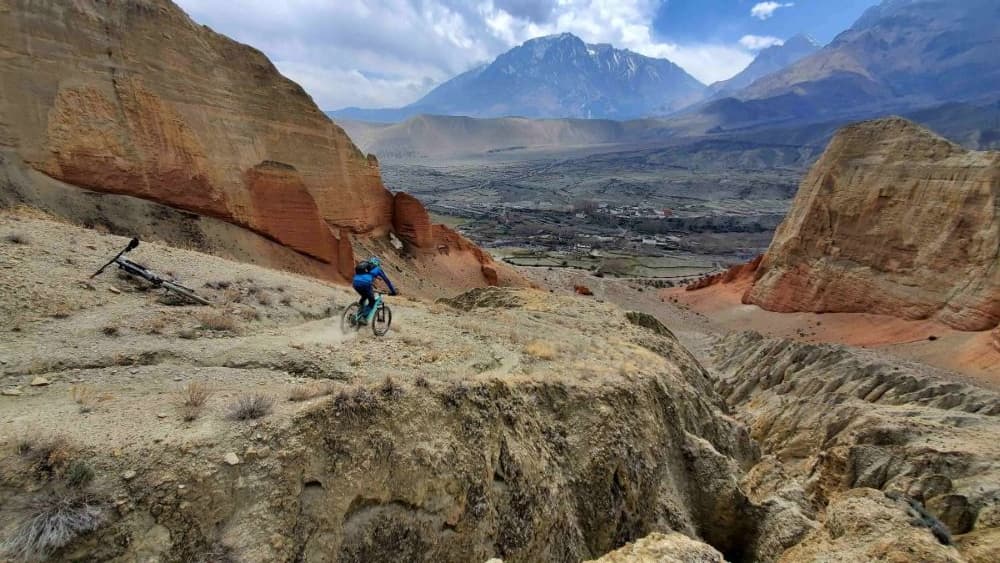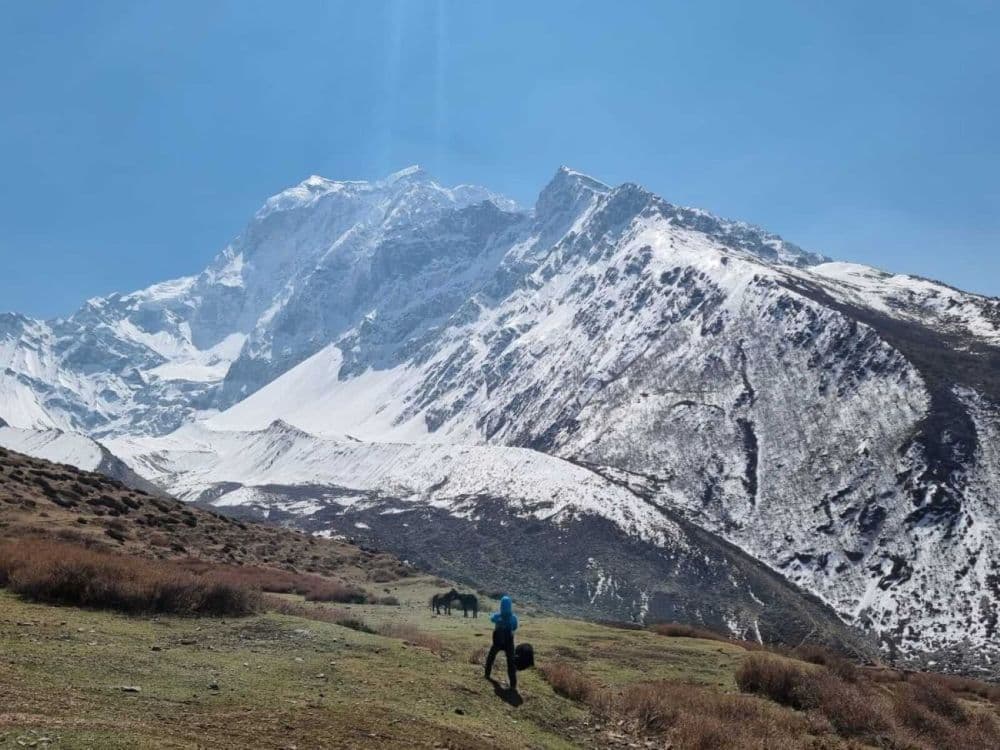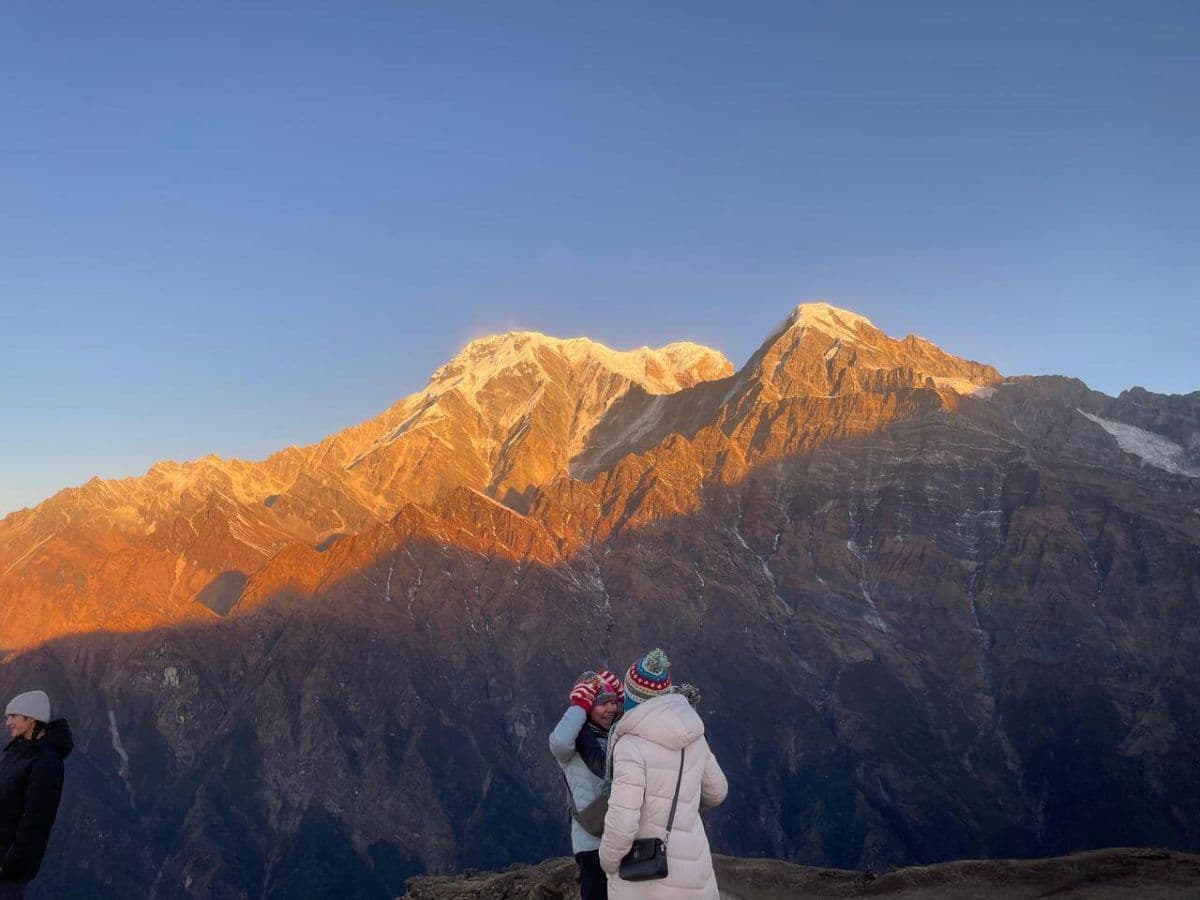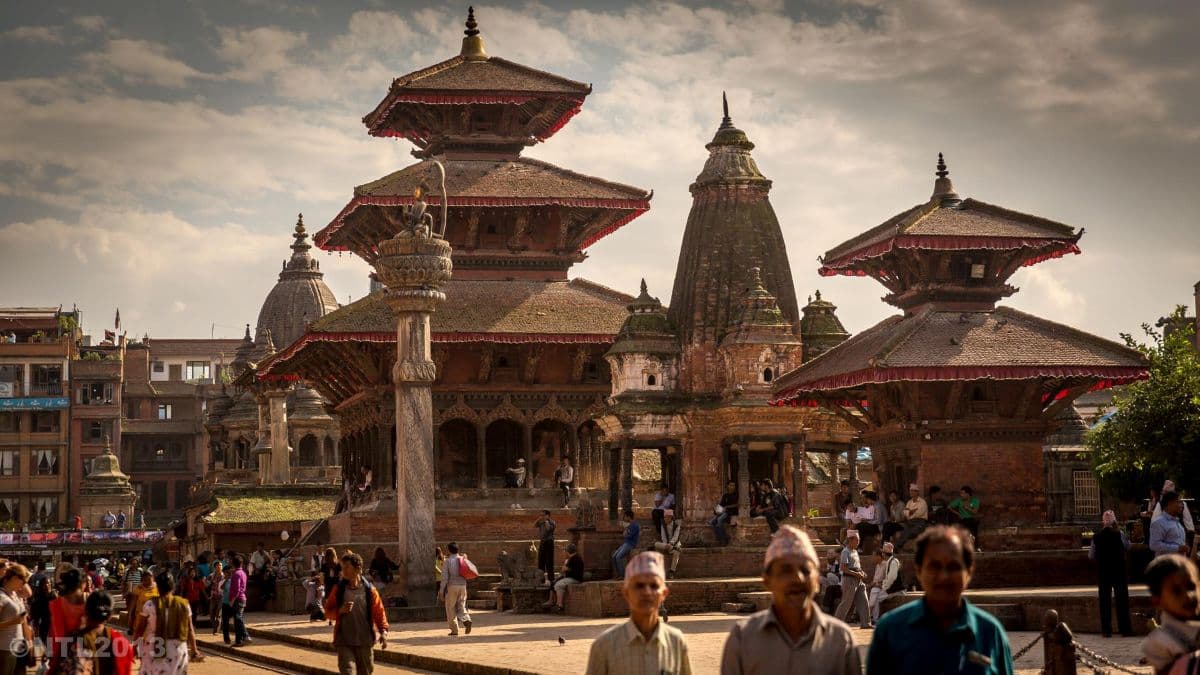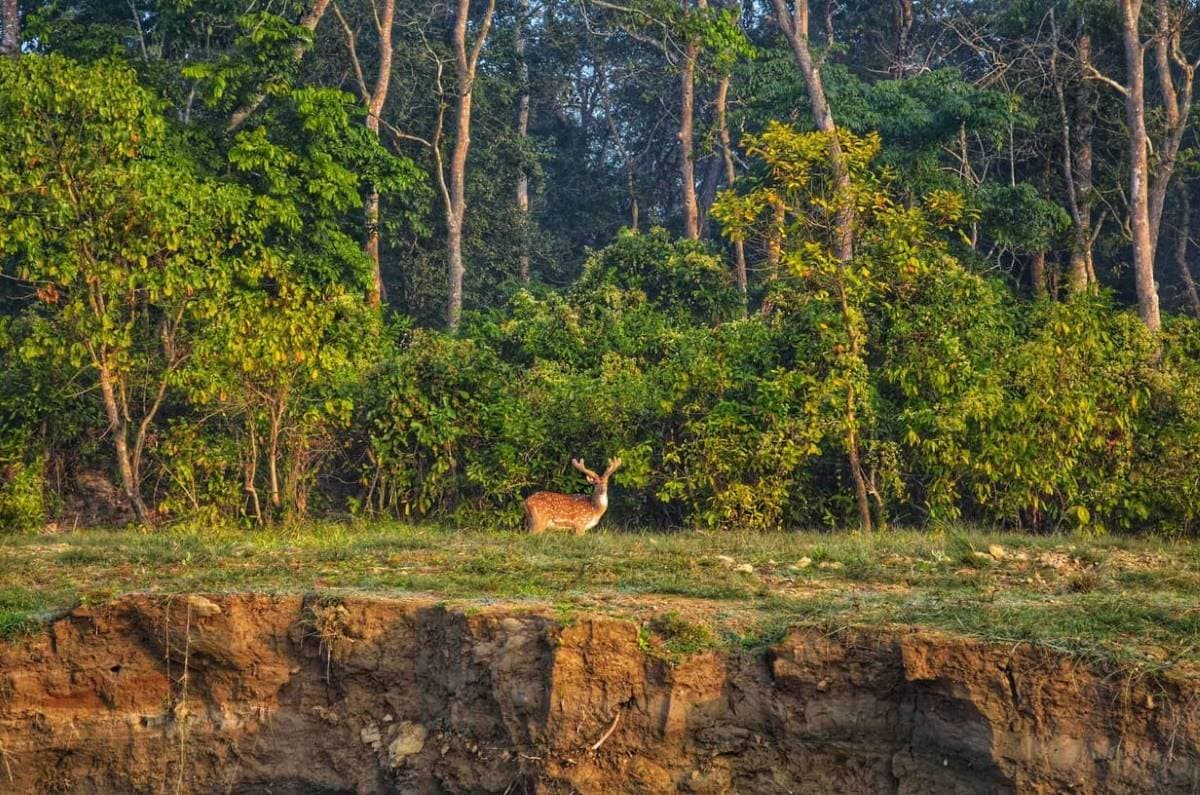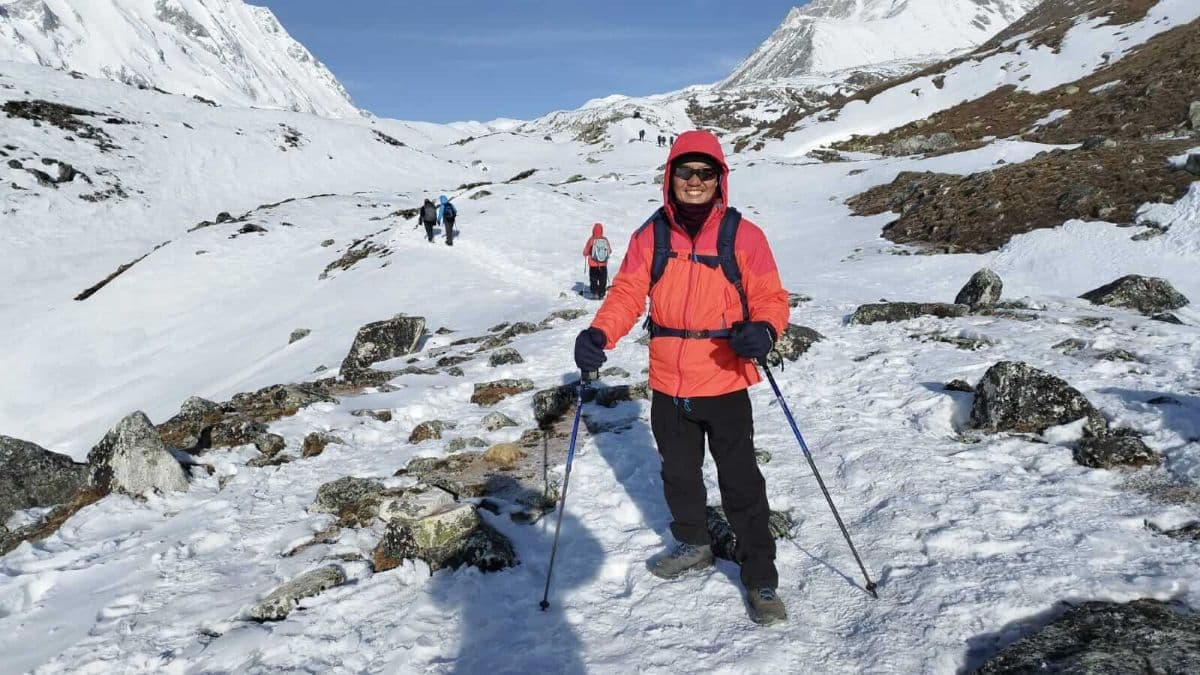
How to Prepare for Trekking in Nepal?
“How to prepare for trekking in Nepal?” This question may come to the minds of many trekkers considering trekking in Nepal. This question is not just a random curiosity; this shows your attempt to successfully complete the trek safely and soundly.
From understanding the trek, choosing the right trek, to making necessary preparations about fitness, resilience, and packing, preparing for trekking to high altitudes requires a lot of effort. However, these Nepal trekking guides about preparation can make a whole lot of difference in your journey.
Why Trekking in Nepal?
Nepal is not just a country of mountains but also a nation of distinctive customs and traditions. With a perfect blend of excellent scenery and rich culture, Nepal offers you an incredible opportunity to make your way through the high Himalayas where you can immerse yourself in the warm hospitality of local people. Traversing yourself through the charming villages, lush forest, while enjoying the picturesque trails alongside the monasteries, temples, shrines, teahouses, etc, what a wonderful journey, isn't it?
Every day offers a fresh view and an opportunity to get in touch with nature and yourself. With a wide range of trails, trekking in Nepal offers something for everyone. Whether you are novice trekkers or seasoned trekkers coming back for another adventure, you will definitely create new and wonderful experiences every time that feel like your another home.
Understanding the Treks in Nepal for Trekking Preparation
The highland landscapes of Nepal are framed between the mountains, making various trails and routes for trekking. There are numerous trekking routes that can fulfill your dream of adventure as per your preference. Whether you want a difficult trek with technical skills, an easy trek with great views, or a trek with well-maintained trails, Nepal has it all. Whether you want base camp trekking in Nepal, restricted area trekking, or Nepal’s hidden gem trekking, Nepal trekking will fulfill it all.
However, you have to understand that trekking is not an easy walk, as if you can stroll around the park and come back home. You will be in unknown remote places, tackling uneven terrain, unpredictable weather, ridgeline, glacial moraines, and altitude. The mountains of Nepal range from easy to strenuous and technical climbing treks, prepared for you.
The easy treks include Ghandruk Trek, Ghorepani Poonhill Trek, Langtang Valley Trek, Helambhu Trek, etc. The easy to moderate difficulty trek includes Annapurna Base Camp Trek, Annapurna Circuit Trek, Everest Base Camp Trek, etc. The moderate to strenuous trek includes Gokyo Ri Cho La Pass Everest Base Camp Trek, Makalu High Pass Trek, Kanchenjunga Trek, etc. Likewise, the strenuous to technical climbing trek includes Mera Peak Climbing, Island Peak Climbing, Lobuche East Climbing, etc.
Checking Your Fitness Level
After knowing about the trek grade in Nepal, you should consider your physical and mental fitness. Easy Trek requires a basic level of physical fitness, while Moderate Trek requires a good level of physical fitness. Challenging and technical climbing treks require a high level of physical fitness with prior trekking experience.
You should now analyze where your physical fitness, mental agility, and trekking experience are. You will need to walk several hours at high altitude to complete the trek. Moreover, adaptability with the basic teahouses and their facilities also affects your trekking experience. Hence, a simple fitness check helps you choose the right trail for your ability and prepare your body to fully enjoy the adventure ahead.
Choose the Right Trek
Every trekker is different. No two trekkers have the same fitness, interest, adaptability, and preference. The trek, which coincides with your physical fitness, mental endurance, and preference, is the right trek for you. Some people may have basic physical fitness, but they want expansive Himalayan views. Easy trekking in Nepal for beginners, like Ghorepani Poon Hill trek and other easy-grade treks, is also open in Nepal.. If anyone wants a secluded and remote setting for trek, you can opt for Mardi Himal Trekking. Likewise, if any trekkers have a good level of physical fitness and trekking experience but they want to go for more difficult treks, then peak climbing welcomes them with open arms.
Choosing the Right Time
Nepal is open for trekking all year round. All the seasons provide equally rewarding trekking experiences. Similar to right trek for you, right time for trekking can also be different from the perspective of the trekker. Trekkers who are nature enthusiasts probably want to trek to Nepal during monsoon when rainfall revitalizes nature.
However, trekkers preferring more dry and mild temperatures may prefer autumn and spring treks. Furthermore, trekkers who prefer less crowded trails choose off-season trekking in winter and monsoon. So, make sure to choose the best time for trekking in Nepal as per your objective, interest, and comfort.
Preparing Yourself Physically and Mentally
The major step to prepare for trekking in Nepal is preparing yourself physically and mentally. To prepare for trekking in high altitudes, you should make plans about training and start preparing weeks before you actually embark on the trek. If you don't have any exercise routine, then you can make one. If you have, you can incorporate some strength training and cardio exercises along with some medication and yoga into your routine.
Since you will have to breathe in the limited oxygen of the higher altitude, cardio exercises will help elevate your heart rate to foster efficient oxygen utilization for sustained activity during treks in the Himalayas. You can add exercises like swimming, cycling, running, jogging, brisk walking, climbing stairs, etc, in your routine. Trying these exercises 3-4 times a week can show great effect on endurance during high-altitude treks. Furthermore, you can try going on short hikes with luggage or some weight as a way of gaining an overview of Nepal treks.
Likewise, strength training will help you build your core, leg, and muscle strength. Exercises like Squats, lunges, step-ups, calf raises, planks, mountain climbers, russian twists, Deadlifts, rows, shoulder presses, etc, will help you fortify your strength and maintain overall stamina for ascents, descents, etc, during the trek. Furthermore, yoga also helps in enhancing strength, balance, and flexibility while helping you in controlled breathing.
Along with physical preparation, mental preparation also plays an equally important part for treks in Nepal. Most of the time, your physical fitness gives up due to the tiring walking hours and difficult terrain. At those moments, only your willpower and inner self-motivation can help you complete the trek. So, to prepare mentally, you should watch blogs and videos to understand the trek you are going on. This way it will help you to set realistic expectations about the trek. Similarly, meditation can be a great aid as it provides you with presence of mind.
Understanding Altitude and Acclimatization
One of the major problems trekkers face in high-altitude treks is altitude sickness. When you go above 2500 m, the air starts thinning with a lower percentage of oxygen in the air. So, your body has to adapt to such a low oxygen percentage while doing high-altitude treks. Moreover, most of the treks in Nepal take you above 2500 m with a maximum altitude above 5000m. So, there are chances of you falling under the trap of altitude sickness.
So, you need to take necessary precautions like ascending at your own pace, proper acclimatization, staying hydrated, etc, during the trek. Taking these safety measures will help you avoid altitude sickness and make your trek somewhat easier.
Packing List for Nepal Trek
Usually, packing lists for the trek do not vary much despite the seasons because you have to be ready for any unpredictable weather in the Himalayas
Clothing
- quick-dry T-shirts
- thermal tops
- thermal leggings
- Fleece jacket or lightweight down jacket
- Insulated vest
- Waterproof/windproof jacket
- Waterproof trousers or rain pants
- quick-dry trekking pants
- 1 comfortable pair for evenings
- pairs of underwear (quick-dry)
- Sports bras (if needed)
- Comfortable clothes or thermals for sleeping
Accessories
- Warm hat or beanie
- Sun hat or cap
- Buff or neck gaiter
- Lightweight gloves (liner) + warm gloves
- Sunglasses (UV protection, polarized preferred)
- Footwear
- Sturdy trekking boots
- Camp shoes/slippers
- pairs of good hiking socks
- liner socks
Gear
- Backpack
- Duffel bag
- Daypack
- Rain cover
- Trekking poles
- Sleeping bag
- Headlamp with extra batteries
- Trekking poles
- Crampons(in winter)
Toiletries & Personal Items
- Toothbrush and toothpaste
- Biodegradable soap and shampoo
- Face wipes or baby wipes
- Hand sanitizer
- Quick-dry towel
- Sunscreen (SPF 50+), lip balm with SPF
- Toilet paper
- Menstrual hygiene products
- Nail clippers, small mirror
- Small first aid kit
Other Essentials
- Necessary medications
- Altitude sickness medications like Diamox
- Reusable water bottle
- Energy bars, trail mix, chocolate, or dried fruits
- Electrolyte drink mixes
- Water purification tablets
Essential Permits in Nepal
One of the essentials to successfully complete your Nepal treks is permits. Every trekker needs to have a TIMS(Trekkers' Information Management Systems) card for their safety and security. Likewise, if you are entering some national parks or conservation areas during the trek, you will need to acquire the national park or conservation area permits. For instance, you will enter the Langtang National Park during the Langtang Valley trek. So, to enter the area, you will need a Langtang National Park Permit.
Similarly, if you are entering the restricted area specified by the Government of Nepal during treks, then you will need a restricted area permit(RAP). For instance, you Nar Phu region is a restricted area due to its proximity to the Tibet border. To complete this NarPhu Valley trek, you will need a Nar Phu Valley Restricted Area Permit along with other permits. In some treks, you will need a local-level permit like Khumbu Pasang Lhamu Rural Municipality Permit in the Everest Base Camp Trek.
Other Documentations
To prepare for trekking in Nepal, you should be mindful of many other documents besides permits. You should have a valid passport and visa. Likewise, you should carry many passport-size photos for permits and a TIMS card. Make sure to carry copies of your travel insurance too.
Travel Insurance
Even though travel insurance is not mandatory when trekking, we strongly recommend that you get good travel insurance. You are going to the remote and unknown areas flagged between the mountains. You never know what unpredictable circumstances you will face in the journey. So, it is always good to be insured with travel insurance that covers your medical fees, evacuation costs, hospital bills, etc. Make sure you read the clause properly before getting the insurance policies. Some insurance may not cover your evacuation by helicopter.
Hiring Guides and Porters
When it comes to Nepal Treks preparation, you should consider hiring guides and porters. Some treks, like Ghorepani Poonhill trek or Ghandruk trek, can be done independently without any licensed guides. However, some treks within the restricted areas, like Upper Mustang trek, Nar Phu Valley trek, etc, must require you to be accompanied by licensed trekking guides.
These guides know inside out about the trekking trails, culture, traditions, and other relevant information. They will provide you necessary information while navigating the path. Moreover, most of the licensed government guides are well-trained in basic first aid. So, they will be a great help in case of emergency and accidents.
Likewise, you do not have a habit of walking long hours with weights on you. On top of that, you will be ascending to a higher altitude above 3000 m in most of the treks. So, hiring a porter will be a great help in carrying your gear and equipment for a comfortable journey in the Himalayas.
How to Prepare for Trekking in Nepal for Beginners
Nepal has an abundance of opportunities for beginner trekkers. Usually, novice trekkers do not have prior trekking experience, so you can start by choosing less demanding treks. Furthermore, you can train yourself physically and mentally by incorporating strength and endurance exercise in the routine 4 to 6 weeks prior to trek.
Usually, beginner trekkers can be in a dilemma while packing for the list. It is best to take some reference so that you can pack right and smart. Additionally, you should keep realistic expectations and keep your mind for new experiences.
How to Prepare for Trekking in Nepal in Winter?
When you are planning for winter trekking in Nepal, you should be extra cautious about the weather while making necessary preparations. You should include warm and thermal clothing to cope with chilly weather high up in the Himalayas. The trail can be icy, so you have to pack crampons and ice axes to traverse such trails.
Moreover, you should practice controlled breathing and increase your overall stamina and strength. Make sure to choose an itinerary that starts early in the morning because days are shorter in winter. Early start allows you more time for exploration. Likewise, try to keep a flexible schedule as your plan can get disrupted due to weather. Lastly, make sure to be updated with the weather forecast.
Tips To Prepare For Trekking in Nepal
- Many people tend to overlook mental preparation. Make sure to prepare yourself mentally.
- If you have any health-related issues, consult with your doctor first.
- Instead of bringing your gear and equipment from your home country, you can buy or rent them in Nepal.
- During peak season, try to make advance bookings.
Make sure to carefully research the trek.
Trekking is not about packing your bags and starting to walk on trails. It requires a lot of beforehand preparation and effort. With only thorough preparation, you can make Nepal trek an unforgettable memory. Contact us.
